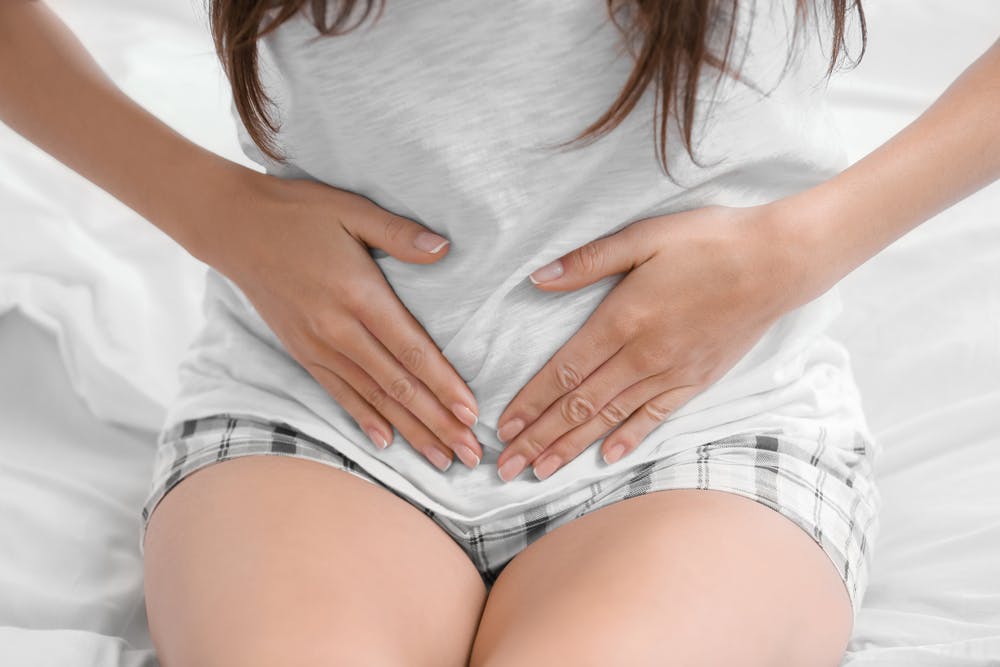Endometriosis commonly goes undiagnosed for years and presents life-disrupting symptoms. After a diagnosis is made, there are a range of options to discuss with your patients for how to treat endometriosis, which you can see outlined below.
- Can diet help treat endometriosis? Your patient might be seeking a nontraditional method for pain relief. Diet and lifestyle factors may have a role in endometriosis and can be an alternative pain management option to discuss.
- Can endometrial ablation help treat endometriosis? Ablation is usually an option discussed with patients after medication but before surgery. It has a fairly high success rate, according to the American Journal of Obstetrics and Gynecology, and could be a viable option for some of your patients.
- How can you prevent the recurrence of endometriosis? Hormonal contraceptives are often recommended to manage symptoms. Additionally, ultrasound can be a powerful tool to use to monitor patients and check for signs of endometriosis returning.
- How can you ensure your patients are diagnosed earlier? Because of common misconceptions around endometriosis, it often takes a while to diagnose. Using transvaginal ultrasound in regular gynecological exams can help you make an accurate diagnosis.
- Can medication help endometriosis pain? A new medication for endometriosis pain was recently approved by the FDA. Read more about it to see if it could be right for some of your patients.
- How can you help patients manage fatigue? In a recent study, it was found that more than 50% of participating women with endometriosis experienced fatigue, compared with 22% of those who did not have the condition. Learn more about how to address the underlying causes of fatigue to help your patients.
- What are alternative endometriosis pain relief options? In addition to diet, there are a range of alternative pain management options available to patients suffering from endometriosis-related pain. Things like heating pads, regular exercise and acupuncture can potentially go a long way in terms of day-to-day pain management.
- How can you use transvaginal ultrasound to diagnose deep infiltrating endometriosis? DIE, a more severe form, can first be diagnosed with a transvaginal ultrasound. This is a less invasive and expensive evaluation that can provide important information before further procedures or surgery.
Diagnosing endometriosis and addressing its symptoms can help improve your patients' quality of life, and ultrasound can be a crucial tool in earlier diagnosis. Make sure you can fully inform your patients about how to treat endometriosis once you've diagnosed it.




